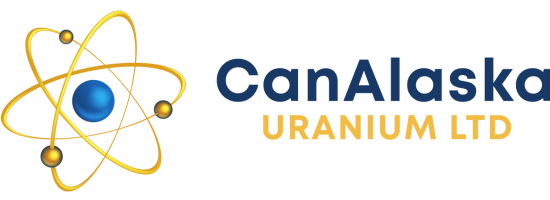![]()
CanAlaska’s Taggart property, totalling 28,328 ha, is located in the western Athabasca Basin, Saskatchewan, Canada. The property is 60 km northeast of the Triple R and Arrow uranium deposits along the mineralized Patterson Lake Corridor. Geophysical and geological compilation work suggest that the basement rocks of the Patterson Lake Corridor, consisting of granitic to tonalitic gneisses, with local bodies of structurally-controlled graphitic and chloritic shear zones, trend into the project area. To the southwest, these structurally-reactivated graphitic intervals are host to the uranium mineralization at the large Arrow and Triple R deposits. Historical exploration on the property was focused on ground-based geophysical surveys, prospecting, and lake sediment geochemistry. Airborne magnetic, electromagnetic (VTEM), and radiometrics surveys were available to guide the staking of the property and highlighted conductive zones within the Athabasca sandstone that are interpreted to represent alteration zones. The lake sediment surveys in and around the property identified several samples with anomalous uranium, generally between 2 to 5 ppm uranium, with several samples exceeding 5 ppm uranium, including one sample containing highly anomalous uranium at 240 ppm. Four historic drillholes were attempted on the property, none of which reached the unconformity. In these drillholes, structural reactivation and alteration of the sandstone is associated with the contacts of diabase dykes. The documented structural reactivation in the sandstone, leads to an interpretation of deep-seated basement structures, which are often associated with uranium deposition in the Athabasca region. This under-explored project contains uranium lake sediment anomalies, diabase-related structures in the sandstone, and interpreted hydrothermal alteration zones. The company is actively seeking joint-venture partners for its Taggart project

